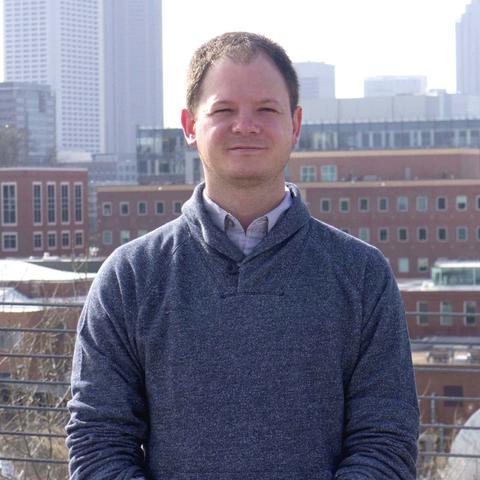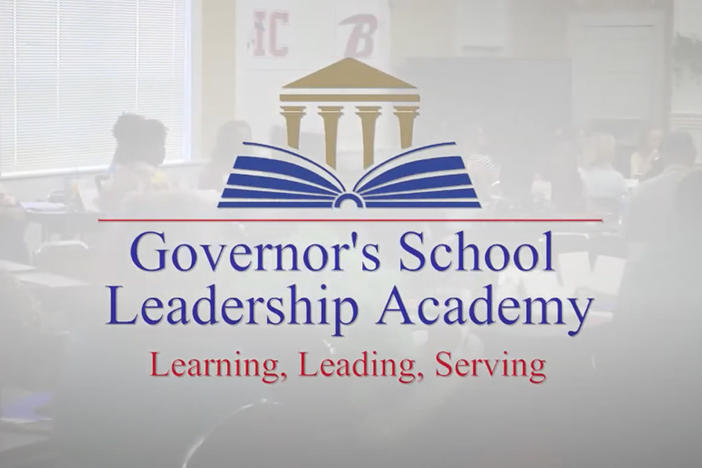
Section Branding
Header Content
Virtual Reality And The Future Of Education
Primary Content

Science fiction novels are overflowing with the promises of future technologies. As far back as 1901 Wonderful Wizard of Oz author Frank L. Baum endows a character with spectacles that provide character information on the foreheads of everyone he encounters. Augmented and Virtual Realities are as old as technologies dating back to the late nineteenth century when versions of three dimensional glasses were patented. Educators have long held hopes that the dreams of sci-fi writers may one day find their way into the classroom to engage students in lessons ultra real, blurring the boundaries of time and breaking down the barriers of geography. Even a 1993 episode of the Simpsons has Lisa imagining a virtual reality field trip through a battlefield guided by Ghengis Khan. Now, we aren't there yet. But we've never been closer. Today it seems that the future of education is finally rolling out in front of us. Teachers and students have a myraid of choices before them from museum tours and guides through national parks, to visiting cultural heritage sites and company headquarters. And with Google's Cardboard, the price is just about right. But first, some definitions. Augmented reality refers to a digital overlay of information as seen through a device, or digitally enhanced elements of the real world. Virtual reality is more immersive. Rather than an overlay on top of the physical world, the user's entire experience would be created, or virtual, instead of being real. With a headset users can, for example, see a 360 degree video shot on the streets of downtown Atlanta and it feels as though you are there. From Google Google Views, Google Expeditions, Google Art Project Others Discovery VR New Yok Times VR Elements 4D Arloon Plants Aurasma Edutopia discusses potential uses for augmented reality in the classroom and strategies for making the most of these emerging technologies. Our own archive of virtual field trips will eventualy expand to include thirty experiences throughout Georgia.
As far back as 1901, Wonderful Wizard of Oz author Frank L. Baum endowed a character with futuristic spectacles that provide personal information on the foreheads of everyone he encounters. Hoping that such technologies might one day find their way into the classroom to engage students in ultra real lessons, educators have long dreamt of the possibilities of blurring the boundaries of time and breaking down the barriers of place and space. Now, we aren't there yet. But we've never been closer. Today it seems that the future of education is finally rolling out in front of us. Teachers and students have a myriad of choices before them from museum tours and guides through national parks, to visiting cultural heritage sites and company headquarters. And with Google's Cardboard, the price is just about right.
But first, some definitions. Augmented reality refers to a digital overlay of information as seen through a device, or digitally enhanced elements of the real world. Virtual reality is more immersive. Rather than an overlay on top of the physical world, the user's entire experience would be created, or virtual, instead of being real. With a headset users can, for example, see a 360-degree video shot on the streets of downtown Atlanta and it feels as though they are there. EdSurge breaks down why you should be interested and recommends some great apps to help you get started. So what can we do with this new technology? Yes, students will have incredible new ways to demonstrate their literacies and knowledge, but educators also now have countless ways of displaying content and making it more engaging.
EdTech Review and Edutopia point out some simple theoretical uses like
- Assistance: When students scan a code on the page they can see a video of their teachers assisting them in solving a problem or explaining challenges they might find, as well as accommodations for special needs.
- Enhancement: Display images that students will study. Students can scan the image and go to a selected site to know more or begin their lesson.
- Encouragement: Parents or supporters could offer words of encouragement and a link to that involvement could be triggered by scanning a picture on a student's desk.
- Safety: Science labs could be replete with codes to scan which send student devices to safety information, guiding them through the process.
Although there doesn't appear to be any coordinated effort at this point, in terms of education, countless companies and organizations have struck out and released engaging experiences on a variety of topics. Some resources to check out are Google Expeditions and the Hidden World of the National Parks available through Google's Cultural Institute. These guided tours bring museums and parks to life. Discovery VR has experiences around the world with their Atlas and Seeker series as well as behind-the-scenes content from shark filming and Civil War investigations.
The New York Times VR hosts virtual reality experiences that follow journalists tracking Abraham Lincoln to a cemetery, imbedded journalists with Iraqi forces fighting ISIS, climbing One World Trade Center and more. GPB's archive of virtual field trips guide users on thirty experiences throughout Georgia based on the state's history with interactive maps and documents as well as guides and 360 degree views. Continuing the historical context PBS Digital Studios brings the Civil War battlefield to life in a new immersive experience. We may not have consolidated all of these experiences into a holistic curriculum yet, but the future of education appears to be unfolding before our eyes--and not just virtually.
Secondary Content
Bottom Content





